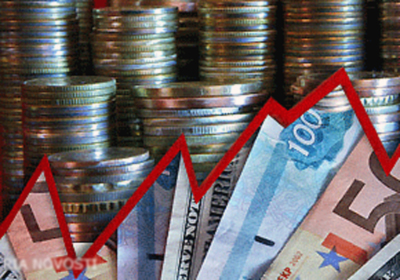JRL NEWSLINK: “How Many of Russia’s Economies Can You Fit Into Germany’s?” – Russia Matters

One way geopolitics experts (and pundits) try to help the general audience size up a challenge posed by a less familiar country is to compare it to a better known country (or, in the case of an American audience, a U.S. state). That cognitive trick has been recently applied by Andrew A. Michta, an American political scientist at the George C. Marshall European Center for Security Studies in Germany. In an Aug. 7 commentary in the Wall Street Journal, Michta chose Germany to help readers size up the challenges posed by Russia to the West. “Russia and even China have nowhere near the West’s resources, when measured in terms of gross domestic product, compared with the overall collective wealth the West commands. Russia’s economy is only about two-fifths the size of Germany’s,” he wrote.
Michta is more or less right—as long as he measures GDP at market exchange rates (MER), for instance, in current U.S. dollars or in constant 2015 U.S. dollars—see table below). But the inconvenient fact is that MER is not the only yardstick for comparative measurements of national economies, nor is it the most accurate, according to agencies like the World Bank, the IMF and the CIA, all of whom recommend relying on purchasing power parity (PPP) for GDP comparisons. As the CIA explained in one of its World Factbooks, “Market exchange rates are frequently established by a relatively small set of goods and services (the ones the country trades) and may not capture the value of the larger set of goods the country produces… The data derived from the PPP method probably provide the best available starting point for comparisons of economic strength and well-being between countries.” According to the IMF, PPP eliminates “differences in price levels between economies,” allowing one to compare national economies in terms of how much each nation can buy with its own currency at the prices items sell for there. Finally, as the World Bank explains, “Due to large differences in price levels across economies, market exchange rate-converted GDP does not accurately measure the relative sizes of economies and the levels of material well-being. PPPs make it possible to compare the output of economies and the welfare of their inhabitants in ‘real’ terms, thus controlling for price level differences across countries.”
Using the PPP method, one discovers that Russia’s economy is roughly the same size as Germany’s rather than two-fifths of it (again, see table below)….
